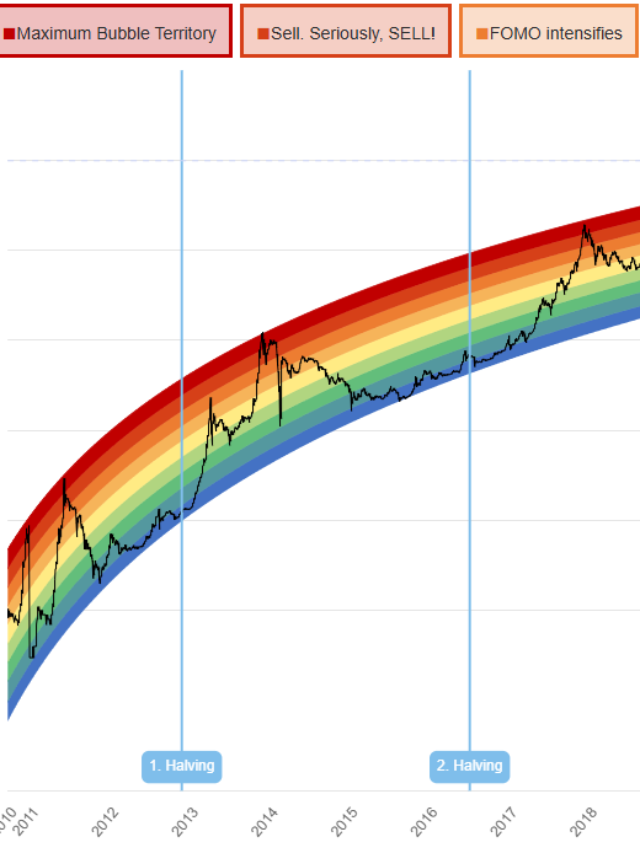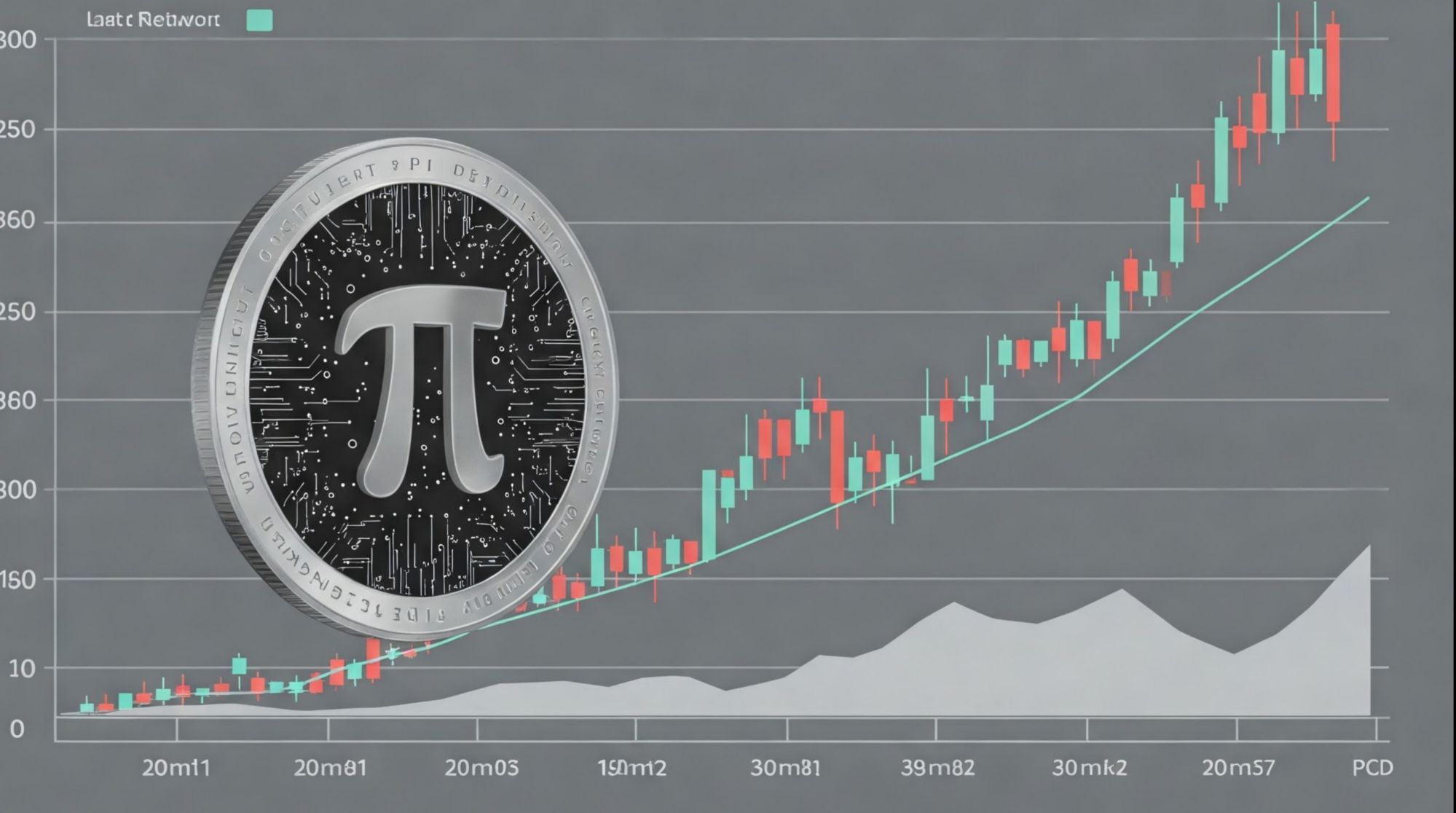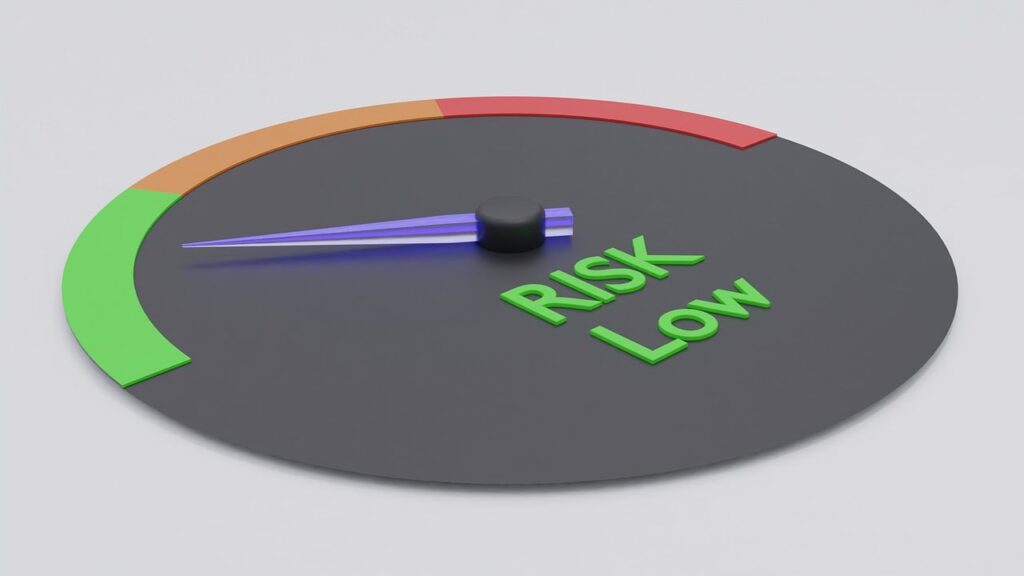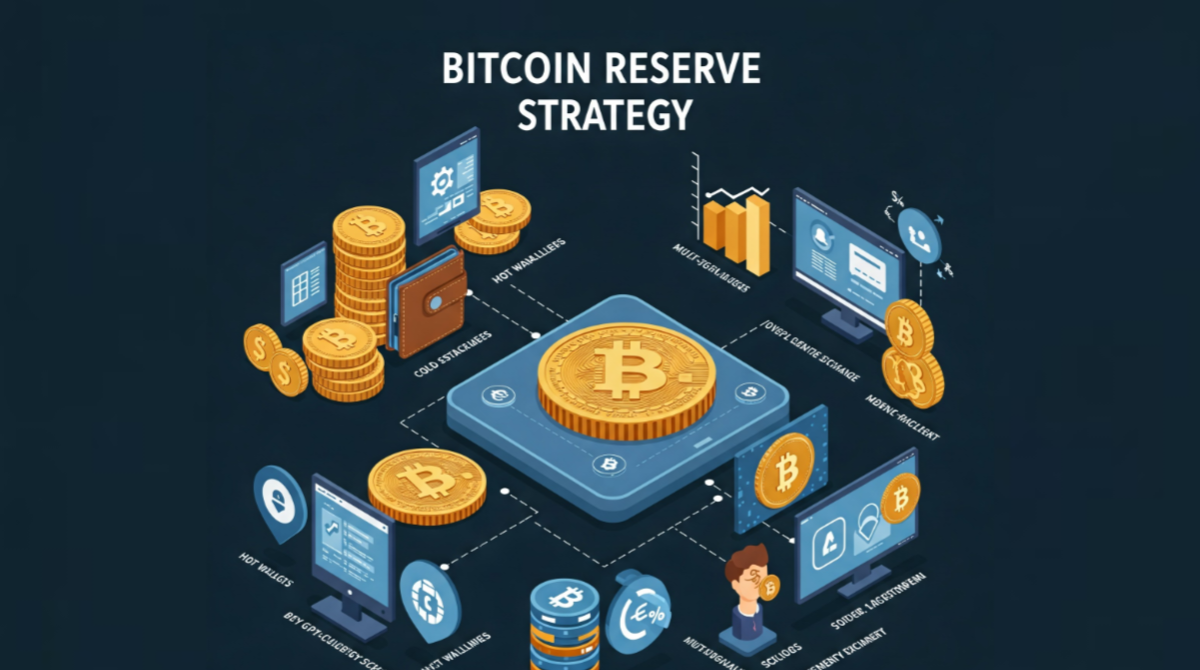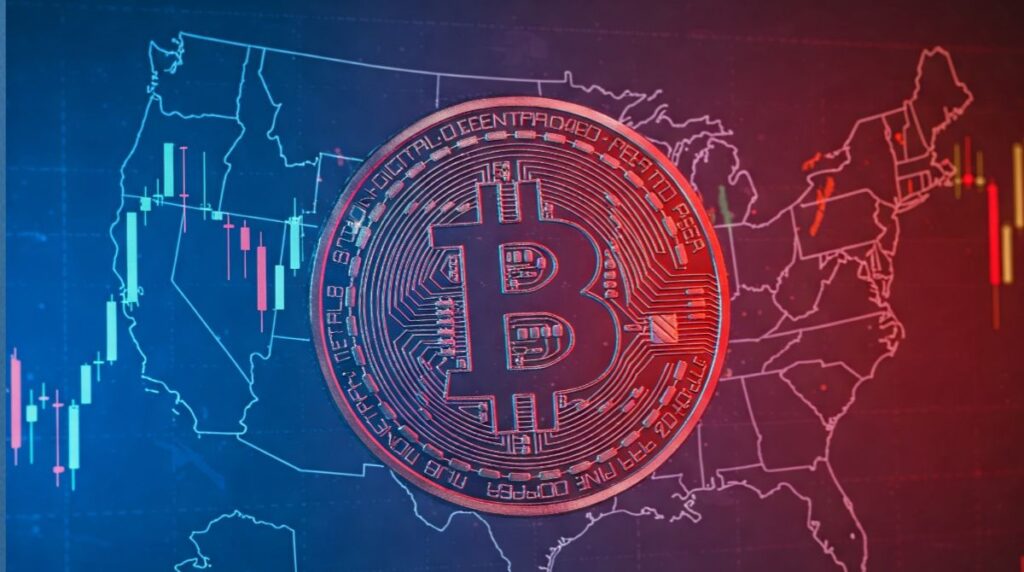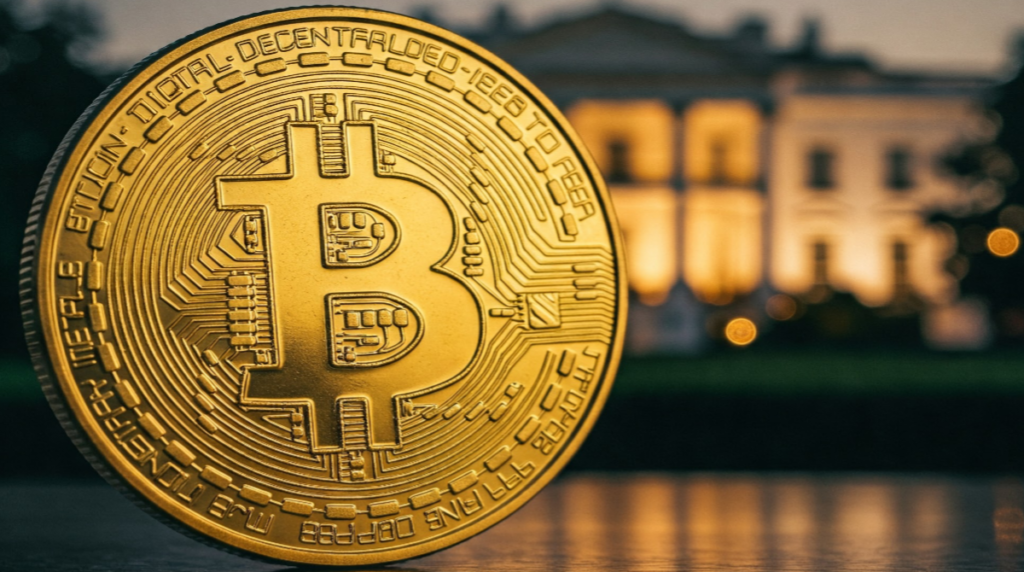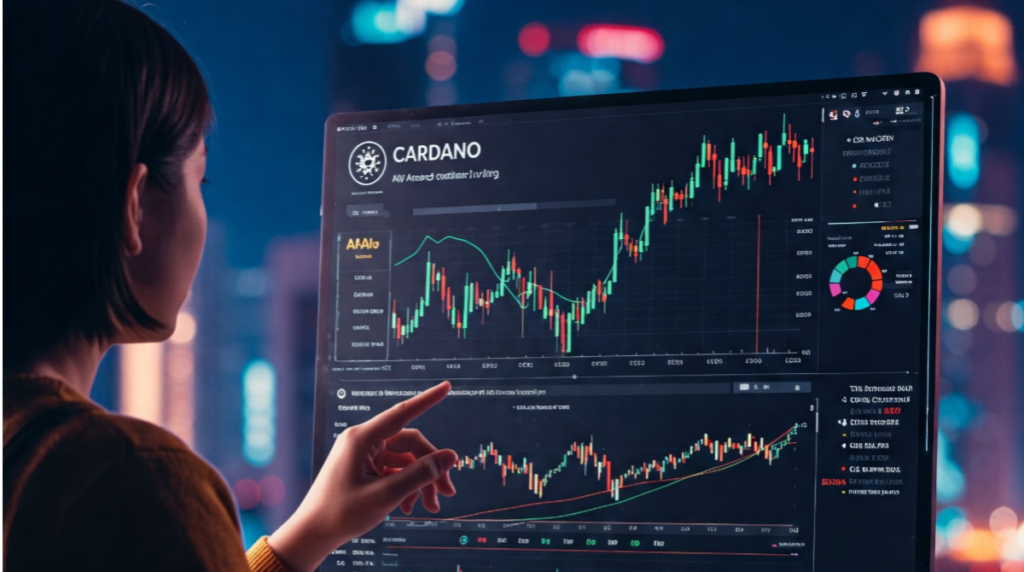The Pi Network, a mobile-first cryptocurrency project, has garnered significant attention since its 2019 launch, amassing over 47 million users worldwide. Pi Coin, its native token, promises a decentralized future through accessible mining via smartphones. However, its price remains speculative, as the project operates in an “enclosed mainnet” phase, restricting trading on major exchanges. This article explores realistic expectations for Pi Coin’s future price, analyzing factors like adoption, utility, market dynamics, and risks.
Understanding Pi Network and Pi Coin
- Origins and Vision
- Founded by Stanford graduates Dr. Nicolas Kokkalis and Dr. Chengdiao Fan, Pi Network aims to democratize cryptocurrency mining.
- Unlike Bitcoin’s energy-intensive Proof of Work (PoW), Pi uses a consensus algorithm called the Stellar Consensus Protocol (SCP), enabling eco-friendly mobile mining.
2. Current Status
- Enclosed Mainnet: Pi Coin exists on a closed blockchain, meaning it cannot be traded publicly. Transfers are limited to verified users within the Pi ecosystem.
- KYC Requirements: To combat fraud, Pi enforces strict Know Your Customer (KYC) checks, slowing mass adoption.
- Supply Model: Total supply is capped at 100 billion Pi, with mining rewards halving as user milestones are met. Current mining rates are ~0.1 Pi/hour for active users.
Key Factors Influencing Pi Coin’s Price

1. Supply and Demand Dynamics
- Controlled Supply: Mining rewards decrease as the network grows, mimicking Bitcoin’s scarcity model. However, 100 billion Pi is vastly larger than Bitcoin’s 21 million cap, which may suppress long-term value.
- Circulating Supply: Only ~3-5% of Pi’s total supply is likely in circulation post-KYC, creating potential volatility upon open trading.
2. Adoption and Utility
- Merchant Acceptance: Limited use cases exist today (e.g., niche vendors in Vietnam, Philippines). Broader adoption hinges on open mainnet launch and exchange listings.
- DeFi Integration: Pi’s utility could surge if integrated into decentralized apps (dApps) or lending platforms.
- Community Growth: Pi’s 47M+ user base is a double-edged sword—liquidity could skyrocket if even 10% hold long-term, but mass selling may crash prices.
3. Market Sentiment and Speculation
- Hype Cycles: Social media buzz (e.g., TikTok, Twitter) often drives speculative spikes in unlisted coins. Pi’s price could mirror early Bitcoin or Dogecoin rallies if listed during a bull market.
- Exchange Listings: Listing on Binance, Coinbase, or OKX would legitimize Pi Coin but depends on regulatory compliance and technical audits.
4. Regulatory Environment
- Scrutiny Risks: As a global project, Pi must navigate varying regulations (e.g., SEC’s stance on unregistered securities).
- KYC Compliance: Pi’s rigorous verification process may appeal to regulators but could deter privacy-focused users.
Expert Predictions and Price Scenarios
While no formal analyses exist for Pi Coin (due to its pre-trading status), comparisons to similar projects and economic models provide clues:
Scenario 1: Conservative Outlook ($0.10–$1)
- Assumptions: Slow open mainnet rollout, limited exchange listings, and modest adoption.
- Drivers: Early miners sell aggressively, suppressing prices. Pi remains a niche token with minimal real-world use.
Scenario 2: Moderate Growth ($1–$10)
- Assumptions: Successful mainnet launch, listings on mid-tier exchanges (e.g., KuCoin, Gate.io), and partnerships with payment platforms.
- Drivers: Speculative buying from retail investors and gradual merchant adoption in developing economies.
Scenario 3: Optimistic Surge ($10–$100+)
- Assumptions: Major exchange listings, viral adoption in DeFi, and institutional interest.
- Drivers: Scarcity narrative (post-KYC circulating supply <5B Pi) and FOMO-driven buying akin to Ethereum’s 2017 boom.
Comparative Analysis: Lessons from Other Cryptos
- Bitcoin (BTC): Scarcity and first-mover advantage drove its value, but Pi’s supply is 5,000x larger.
- DogeCoin (DOGE): Meme-driven hype lifted DOGE, but Pi’s tech-focused community may foster steadier growth.
- Chia (XCH): Like Pi, Chia emphasized eco-friendliness but crashed post-listing due to oversupply. Pi risks similar trends.
Risks and Challenges

- Delayed Open Mainnet: Repeated postponements (currently slated for 2024–2025) could erode trust.
- Liquidity Dumps: Early miners, holding thousands of Pi, may sell en masse once trading opens.
- Security Concerns: Pi’s unproven blockchain could face exploits, damaging credibility.
- Regulatory Crackdowns: A ban in key markets (e.g., India, U.S.) would stifle adoption.
Conclusion: Realistic Expectations
Pi Coin’s price potential hinges on execution. If the team delivers open mainnet, secures exchange listings, and fosters utility, Pi could reach $10–$50 in 5–10 years. However, failure to address supply inflation, regulatory hurdles, or adoption stagnation could trap Pi below $1. Investors should:
- Diversify: Never allocate more than 1–5% of a portfolio to high-risk assets like Pi.
- Stay Informed: Follow Pi’s roadmap updates and regulatory developments.
In the volatile world of crypto, Pi Coin represents both opportunity and uncertainty. Its success will depend on bridging the gap between grassroots community power and real-world utility.
Will Mavia Coin 10x by 2025? Analyzing Growth Potential
Final Note: This analysis is educational, not financial advice. Cryptocurrency investments carry high risk—only invest what you can afford to lose.





